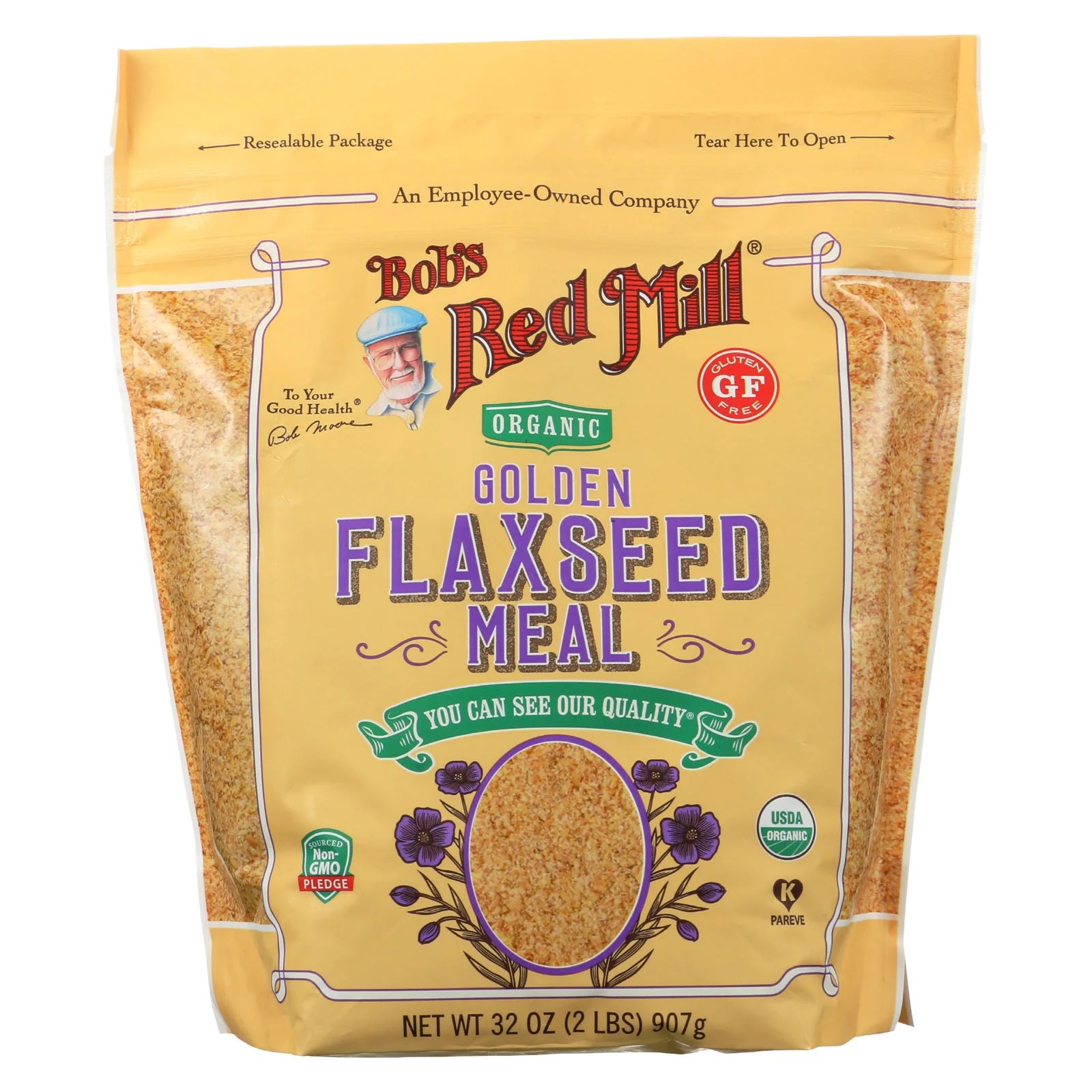

Articles
How To Store Flaxseed Meal
Modified: December 7, 2023
Looking for articles on how to store flaxseed meal? Discover the best methods and tips for ensuring your flaxseed meal stays fresh and flavorful.
(Many of the links in this article redirect to a specific reviewed product. Your purchase of these products through affiliate links helps to generate commission for Storables.com, at no extra cost. Learn more)
Introduction
Flaxseed meal has gained popularity due to its numerous health benefits and its versatility in cooking and baking. Packed with essential nutrients and rich in fiber, flaxseed meal is a nutritious addition to your diet. Whether you are a health-conscious individual or someone looking to incorporate more plant-based ingredients into your meals, knowing how to properly store flaxseed meal is essential to maintain its freshness and extend its shelf life.
In this article, we will discuss the benefits of flaxseed meal, the importance of choosing the right storage container, the optimal storage temperature, and other factors to consider in order to keep your flaxseed meal fresh and prevent spoilage. Whether you have store-bought flaxseed meal or have made it at home using whole flaxseeds, read on to discover the best practices for storing this nutrient-packed ingredient.
Key Takeaways:
- Proper storage of flaxseed meal is crucial to maintain its freshness and nutritional value. Choose airtight, opaque containers and store in a cool, dry place to prevent spoilage and preserve its health benefits.
- Whether in the pantry, refrigerator, or freezer, flaxseed meal can be stored for extended freshness. Avoid exposure to light, moisture, and humidity, and regularly check for spoilage signs to ensure its quality and safety.
Read more: How To Store Flaxseed
Benefits of Flaxseed Meal
Flaxseed meal is derived from ground flaxseeds, which are tiny, brown or golden-colored seeds that are an excellent source of essential nutrients. Here are some key benefits of incorporating flaxseed meal into your diet:
- Rich in Omega-3 Fatty Acids: Flaxseed meal is an abundant source of alpha-linolenic acid (ALA), an omega-3 fatty acid that is beneficial for heart health and can help reduce inflammation in the body.
- High in Fiber: Flaxseed meal contains both soluble and insoluble fiber, making it a great addition to promote healthy digestion and regulate bowel movements.
- Promotes Heart Health: The combination of omega-3 fatty acids and fiber in flaxseed meal has been linked to a lower risk of heart disease by reducing cholesterol levels and improving blood pressure.
- Supports Hormonal Balance: Flaxseed meal contains lignans, which are plant compounds that have estrogenic properties and can help regulate hormone levels in the body.
- Aids Weight Management: The high fiber content in flaxseed meal can promote feelings of fullness and help control appetite, making it a valuable addition to a weight loss or weight maintenance plan.
- Potential Anticancer Properties: Some studies suggest that the lignans in flaxseed meal may have anticancer properties, particularly in reducing the risk of breast and colon cancers.
- Provides Essential Nutrients: Flaxseed meal is rich in essential nutrients like magnesium, manganese, phosphorus, and thiamine, which are important for overall health and well-being.
With these impressive health benefits, it’s no wonder that flaxseed meal has become a popular ingredient in various recipes and a staple for those seeking to improve their overall health.
Choosing the Right Container
When it comes to storing flaxseed meal, choosing the right container is crucial to maintain its freshness and prevent spoilage. Here are some factors to consider when selecting a container for storing flaxseed meal:
- Airtight and Moisture-Proof: Flaxseed meal is highly susceptible to moisture, which can cause it to go rancid. Therefore, it is essential to store it in an airtight container that is moisture-proof.
- Opaque or Dark-Colored: Exposure to light can degrade the quality of flaxseed meal over time. Opt for an opaque or dark-colored container to protect it from light exposure.
- Size and Shape: Choose a container that is appropriately sized for the amount of flaxseed meal you have. It should have enough space to hold the meal without leaving too much empty room inside, which can lead to faster oxidation.
- Food-Grade Material: It is important to use containers that are made of food-grade material, such as glass, stainless steel, or BPA-free plastic, to ensure that no harmful chemicals leach into the flaxseed meal.
Some suitable container options for storing flaxseed meal include glass jars with airtight lids, stainless steel canisters, or BPA-free plastic containers with tight-fitting seals. With these factors in mind, you can choose a container that will effectively protect the freshness and quality of your flaxseed meal.
Storage Temperature
The storage temperature plays a crucial role in maintaining the freshness and shelf life of flaxseed meal. It is important to store flaxseed meal in a cool, dry place to prevent it from spoiling. Here are some guidelines for storing flaxseed meal at the optimal temperature:
- Pantry Storage: Flaxseed meal can be stored in the pantry at room temperature, as long as the temperature is consistently cool and does not exceed 70°F (21°C). Avoid storing it in a warm or humid area, such as near the stove or in direct sunlight.
- Refrigerator Storage: Storing flaxseed meal in the refrigerator is also an option, especially if you live in a warm or humid climate. Place the flaxseed meal in an airtight container or resealable bag and keep it in the refrigerator, where the temperature is typically around 35°F to 40°F (2°C to 4°C).
- Freezer Storage: If you want to extend the shelf life of flaxseed meal, freezing it is an excellent option. Transfer the flaxseed meal to a freezer-safe container or resealable bag and store it in the freezer compartment. The temperature in the freezer should be set to 0°F (-18°C) or below.
Remember to allow the flaxseed meal to come to room temperature before using it if you have stored it in the refrigerator or freezer. Abrupt temperature changes can cause condensation and moisture buildup, which can affect the quality of the meal.
By following these temperature guidelines, you can ensure that your flaxseed meal remains fresh and retains its nutritional value for an extended period of time.
Avoiding Exposure to Light
Exposure to light can have a detrimental effect on the quality and shelf life of flaxseed meal. Light can cause the oxidation of the healthy oils present in flaxseed meal, leading to rancidity and a loss of nutritional value. To prevent light exposure and preserve the freshness of your flaxseed meal, follow these tips:
- Opt for Opaque Containers: Choose storage containers that are opaque or dark-colored to block out light. This can include glass jars with tinted or opaque lids or containers made of dark plastic or stainless steel.
- Store in a Dark Cupboard: Keep flaxseed meal in a dark cupboard or pantry away from direct light. Avoid areas near windows or other sources of natural or artificial light.
- Minimize Opening the Container: Each time you open the container, light enters and exposes the flaxseed meal. Try to minimize the frequency of opening the container to reduce light exposure.
By taking these precautions to avoid exposure to light, you can help maintain the quality and integrity of your flaxseed meal, ensuring that it remains fresh and nutritious throughout its storage period.
Read more: How To Store Ground Flaxseed
Keeping Flaxseed Meal Dry
Keeping flaxseed meal dry is essential to prevent spoilage and maintain its quality over time. Moisture can lead to the growth of mold and bacteria, causing the flaxseed meal to become unusable. Here are some tips to help you keep your flaxseed meal dry:
- Airtight Container: Store flaxseed meal in an airtight container to protect it from moisture in the air. This will help prevent the meal from becoming damp and clumping together.
- Silica Gel Packets: Consider adding silica gel packets to the storage container. These packets help absorb any moisture that may be present, keeping the flaxseed meal dry and free from moisture-related issues.
- Absorbent Material: You can also place a piece of absorbent material, such as a clean cloth or paper towel, at the bottom of the container. This can help absorb any excess moisture and keep the flaxseed meal dry.
Additionally, it is important to avoid exposing the flaxseed meal to any sources of moisture, such as water spills or storing it in a humid environment. Keep the container sealed tightly when not in use to prevent any moisture from entering.
By following these tips and keeping your flaxseed meal dry, you can ensure that it remains fresh and free from moisture-related issues, preserving its quality and nutritional value.
Avoiding Moisture and Humidity
Avoiding moisture and humidity is essential when it comes to storing flaxseed meal. Moisture can lead to the growth of mold and bacteria, causing the flaxseed meal to spoil and become unsafe for consumption. Here are some tips to help you prevent moisture and humidity from affecting your flaxseed meal:
- Choose a Dry Storage Area: Store your flaxseed meal in a dry area of your kitchen or pantry. Avoid storing it near the sink or any other source of moisture that could potentially introduce water vapor into the storage container.
- Avoid Humid Environments: Do not store flaxseed meal in areas with high humidity, such as near the dishwasher or in a humid basement. High humidity can cause the meal to absorb moisture from the air and spoil quickly.
- Use Desiccants: Placing desiccant packs inside the storage container of flaxseed meal can help absorb any excess moisture and keep it dry. Desiccant packs are commonly found in packaging for various products and can be reused for this purpose.
- Keep Away from Open Containers: Avoid storing flaxseed meal near open containers of liquids or fruits, as the proximity to these items can increase the moisture levels in the air, leading to potential moisture absorption by the meal.
By taking precautions to avoid moisture and humidity, you can help prolong the shelf life of your flaxseed meal and ensure that it remains fresh and safe for consumption. Keep in mind that a dry and moisture-free storage environment is crucial for maintaining the quality and integrity of the meal.
Store flaxseed meal in an airtight container in the refrigerator or freezer to prevent it from going rancid. This will help preserve its freshness and nutritional value.
Store-Bought Packaging
When you purchase flaxseed meal from the store, it often comes in pre-packaged containers. It is important to ensure that the packaging is intact and properly sealed before purchasing. Here are some tips for storing flaxseed meal in its original store-bought packaging:
- Check the Expiration Date: Before purchasing flaxseed meal, check the expiration date on the packaging. Choose the product with the longest shelf life to allow for maximum freshness.
- Inspect for Damages: Inspect the packaging for any damages or signs of tampering. Avoid purchasing containers with dents, tears, or punctures, as these can compromise the integrity of the flaxseed meal and expose it to air and moisture.
- Store in a Cool and Dry Place: Once you have purchased the flaxseed meal, store it in a cool and dry place, such as a pantry or cupboard. Follow the storage temperature guidelines mentioned earlier to maintain its freshness.
- Reseal if Necessary: If the original packaging is not resealable or becomes damaged, transfer the flaxseed meal to an airtight container to prevent exposure to air and moisture. Be sure to label the container with the expiration date and other relevant information.
By properly storing store-bought flaxseed meal in its original packaging, you can ensure that it remains fresh and safe for consumption until the expiration date.
Homemade Packaging Options
If you have made flaxseed meal at home using whole flaxseeds, you may need to find appropriate packaging options to store it. Here are some homemade packaging options to consider:
- Airtight Glass Jars: Glass jars with airtight lids are an excellent option for storing homemade flaxseed meal. Ensure that the jar is clean and dry before transferring the meal to it. Seal the jar tightly to prevent air, moisture, and light from entering.
- Resealable Plastic Bags: Resealable plastic bags can be a convenient option for storing flaxseed meal at home. Look for freezer-grade bags that are sturdy and have a reliable seal to prevent air and moisture from getting in.
- Vacuum Sealed Bags: Using a vacuum sealer is an effective way to remove air and create an airtight seal around your flaxseed meal. This helps to maintain its freshness and extend its shelf life.
- Food Storage Containers: Utilize food storage containers with tight-fitting lids for storing flaxseed meal. Choose containers made of glass, stainless steel, or BPA-free plastic. Ensure they are clean and dry before transferring the meal.
Whichever packaging option you choose, make sure it is properly sealed to prevent exposure to air, moisture, and light. Label the container with the date of preparation to help you keep track of its freshness.
Remember, homemade packaging may not be as effective as store-bought packaging in completely blocking out air and moisture. Ensure that you store the homemade packaged flaxseed meal in a cool, dry place to maintain its quality for as long as possible.
Read more: How To Store Flaxseed Oil
Storing Flaxseed Meal in the Pantry
The pantry is a common storage location for flaxseed meal and can be suitable as long as the conditions are optimal. Here are some guidelines for storing flaxseed meal in the pantry:
- Choose an Airtight Container: Transfer the flaxseed meal to an airtight container to protect it from air, moisture, and light. This will help preserve its freshness and prevent spoilage.
- Select a Cool and Dry Spot: Find a cool and dry spot in the pantry for storing the flaxseed meal. Avoid areas near the stove, dishwasher, or any other heat or moisture sources that could compromise its quality.
- Avoid Direct Sunlight: Ensure that the flaxseed meal is not exposed to direct sunlight, as it can degrade the quality of the meal over time. Choose a spot away from windows or install a curtain or shade to block out sunlight if necessary.
- Keep Away from Strong Odors: Flaxseed meal can absorb odors easily. Store it away from strong-smelling foods and spices in the pantry to prevent cross-contamination of flavors.
- Rotate Stock: If you frequently use flaxseed meal, it is a good practice to rotate your stock. Use older batches of flaxseed meal first to ensure that you are always consuming the freshest product.
By following these pantry storage tips, you can maintain the quality and freshness of your flaxseed meal for an extended period of time. Regularly check the container for any signs of spoilage or rancidity and discard if necessary.
Storing Flaxseed Meal in the Refrigerator
If you live in a warm or humid climate or need to extend the shelf life of your flaxseed meal, storing it in the refrigerator is a viable option. Here’s how you can store flaxseed meal in the refrigerator:
- Transfer to an Airtight Container: Place the flaxseed meal in an airtight container or resealable bag. Squeeze out any excess air before sealing it to reduce the potential for oxidation and moisture absorption.
- Find the Right Spot: Set aside a designated spot in the refrigerator to store the flaxseed meal. Consider placing it on a shelf towards the back to ensure a consistently cool temperature.
- Temperature Control: Keep the refrigerator temperature between 35°F to 40°F (2°C to 4°C) to create an ideal environment for preserving the quality and freshness of the flaxseed meal.
- Avoid Odor Transfer and Contamination: Store the flaxseed meal away from strong-smelling foods or odorous items in the refrigerator to prevent cross-contamination of flavors.
- Allow for Room Temperature Before Use: When you are ready to use the flaxseed meal, take it out of the refrigerator and allow it to come to room temperature before opening the container. This helps prevent condensation and moisture buildup.
When stored properly in the refrigerator, flaxseed meal can remain fresh for an extended period of time. However, keep in mind that refrigeration may cause the meal to clump together. Simply give it a gentle stir or shake before using to break up any clumps.
Regularly check the flaxseed meal for signs of spoilage, such as an off smell or taste, and discard if necessary. Following these guidelines will help maintain the quality and integrity of your flaxseed meal while stored in the refrigerator.
Storing Flaxseed Meal in the Freezer
If you want to extend the shelf life of your flaxseed meal even further, storing it in the freezer is an excellent option. Here’s how you can store flaxseed meal in the freezer:
- Transfer to a Freezer-Safe Container: Place the flaxseed meal in a freezer-safe container or resealable freezer bag. Ensure that the container is airtight and properly sealed to prevent any exposure to air and moisture.
- Label and Date: Label the container with the date of storage to keep track of its freshness. Flaxseed meal can typically be stored in the freezer for up to 6 months, but it is best to use it within 3 to 4 months for optimal quality.
- Choose a Cold Spot: Store the flaxseed meal in the coldest part of the freezer, such as the back or the bottom shelf. Maintaining a constant freezing temperature of 0°F (-18°C) or below will help preserve its freshness.
- Thawing Before Use: When you need to use the flaxseed meal, remove the desired amount from the freezer and thaw it at room temperature. Allow it to come to room temperature before opening the container to prevent any condensation.
- Avoid Frequent Thawing and Refreezing: To maintain the quality of the flaxseed meal, try to use it in smaller portions or freeze it in individual servings. This way, you can avoid frequent thawing and refreezing, which can affect the texture and quality of the meal.
By following these guidelines, you can store flaxseed meal in the freezer for an extended period while preserving its nutritional value and freshness. Regularly check for any signs of freezer burn or deterioration and discard if necessary.
Properly stored flaxseed meal in the freezer can be a convenient option to have on hand for a longer period, ensuring that you always have a fresh and nutritious ingredient available for your recipes.
Checking for Spoilage
Regularly checking for spoilage is important to ensure that your flaxseed meal remains fresh and safe for consumption. Here are some signs to look out for when checking for spoilage:
- Odor: If your flaxseed meal has an off or rancid smell, it is an indication that it may have gone bad. Fresh flaxseed meal should have a mild, nutty aroma.
- Taste: Taste a small amount of flaxseed meal to check for any bitter or unpleasant flavors. Fresh flaxseed meal should have a slightly nutty and mild taste.
- Appearance: Inspect the flaxseed meal for any signs of mold, discoloration, or the presence of any foreign objects. Fresh flaxseed meal should be uniform in color and free from any visible contaminants.
- Texture: Check the texture of the flaxseed meal. It should feel dry and powdery, without any clumps or moisture present. Clumping or stickiness can indicate moisture absorption or spoilage.
If you notice any of these signs, it is best to discard the flaxseed meal to avoid any potential health risks. Using spoiled flaxseed meal can lead to digestive issues or other adverse reactions.
Remember to always practice proper storage techniques and check your flaxseed meal regularly to maintain its quality and enjoy its nutritional benefits.
Read more: How To Store Flaxseed Gel
Conclusion
Flaxseed meal is a nutritious and versatile ingredient that offers numerous health benefits. To ensure that your flaxseed meal remains fresh and maintains its nutritional value, proper storage techniques are essential.
When storing flaxseed meal, choose the right container that is airtight, moisture-proof, and opaque or dark-colored to protect it from air, light, and moisture. Store-bought packaging should be checked for integrity and stored in a cool, dry place.
It is important to consider the storage temperature, whether storing flaxseed meal in the pantry, refrigerator, or freezer. Each option has its benefits and it’s important to choose the one that best suits your needs and environment. Additionally, avoiding exposure to light, moisture, and humidity is crucial for maintaining the freshness of flaxseed meal.
Homemade packaging options such as airtight glass jars, resealable plastic bags, or vacuum-sealed bags can be used for storage. Labeling containers and rotating stock can help you keep track of freshness and avoid spoilage.
Regularly check for signs of spoilage such as odor, taste, appearance, and texture to ensure the flaxseed meal is still fresh and safe for consumption. If any spoilage is detected, it is best to discard the flaxseed meal.
Incorporating flaxseed meal into your diet is a great way to boost your intake of omega-3 fatty acids, fiber, and essential nutrients. By following proper storage practices, you can enjoy the benefits of flaxseed meal for months and keep it readily available for use in various recipes.
Remember, always consult the manufacturer’s instructions or recommendations for specific storage guidelines for store-bought flaxseed meal. Following the tips provided in this article will help you maintain the freshness and quality of flaxseed meal, ensuring that it remains a valuable and nutritious addition to your meals and snacks.
Frequently Asked Questions about How To Store Flaxseed Meal
Was this page helpful?
At Storables.com, we guarantee accurate and reliable information. Our content, validated by Expert Board Contributors, is crafted following stringent Editorial Policies. We're committed to providing you with well-researched, expert-backed insights for all your informational needs.
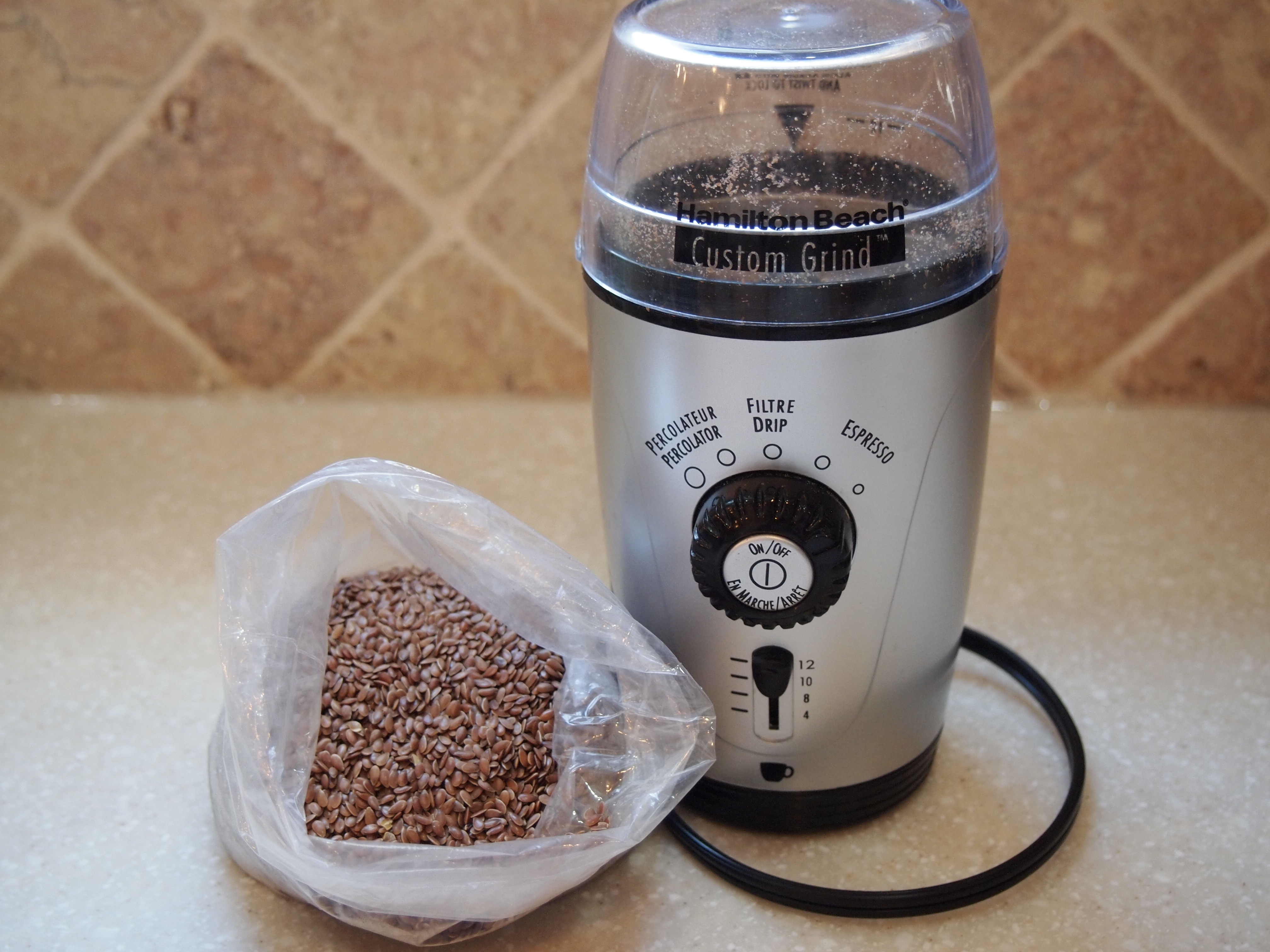


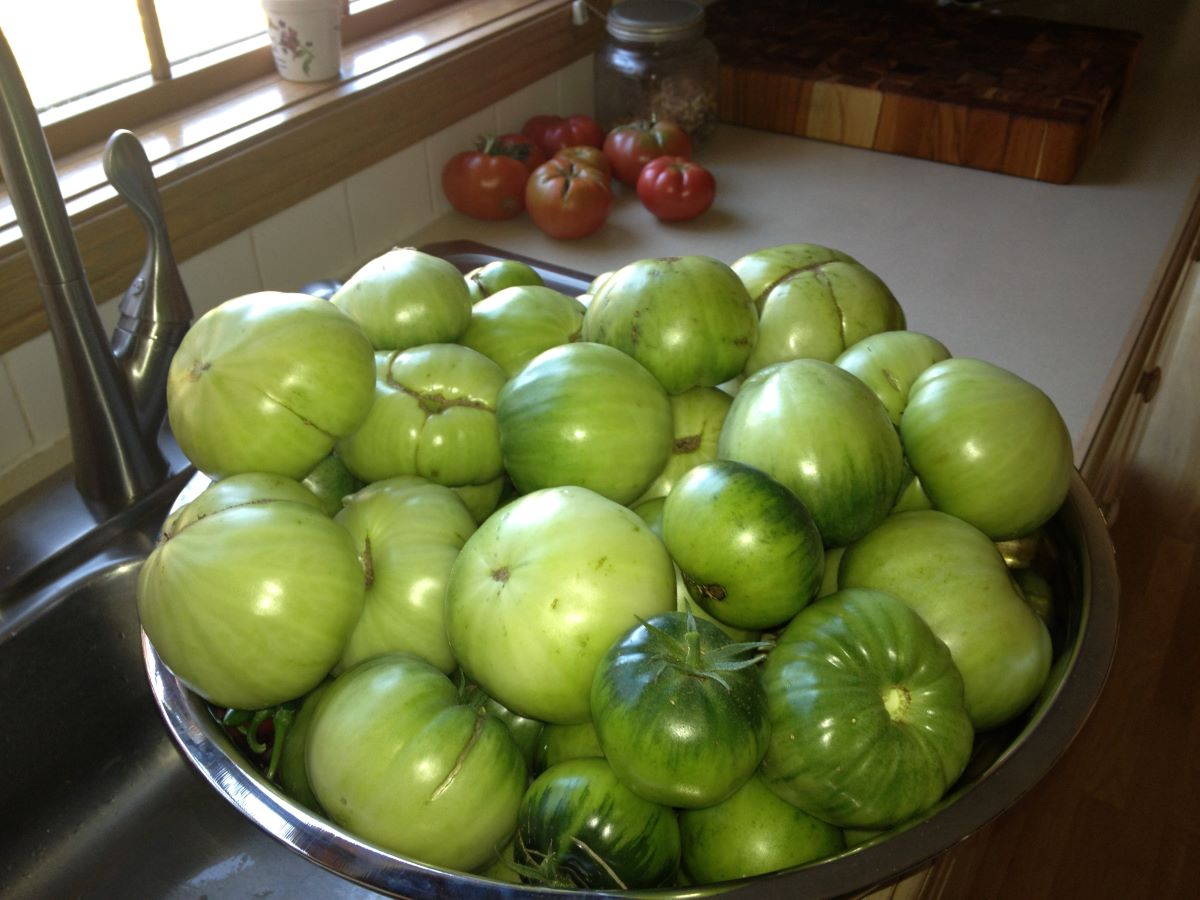

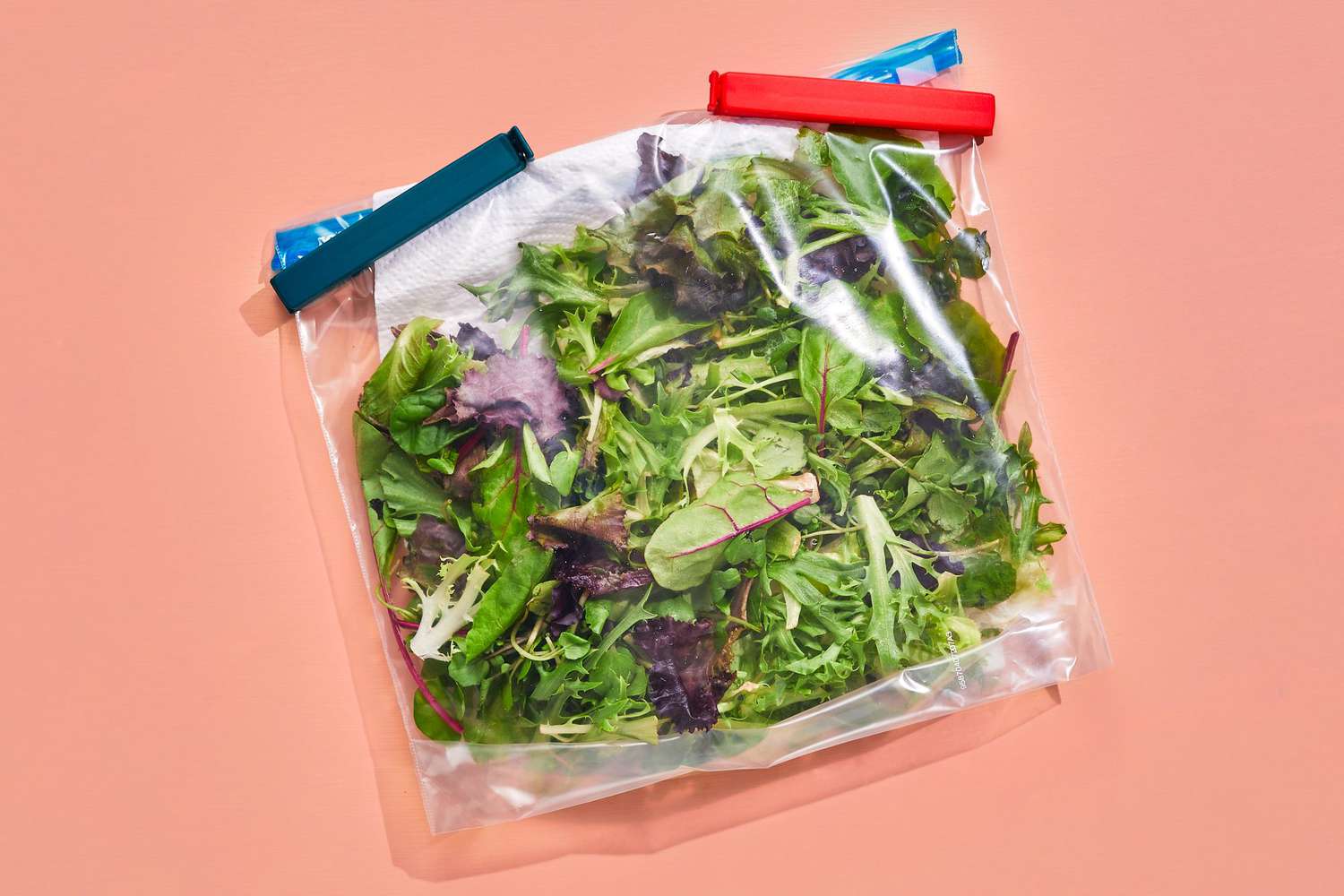
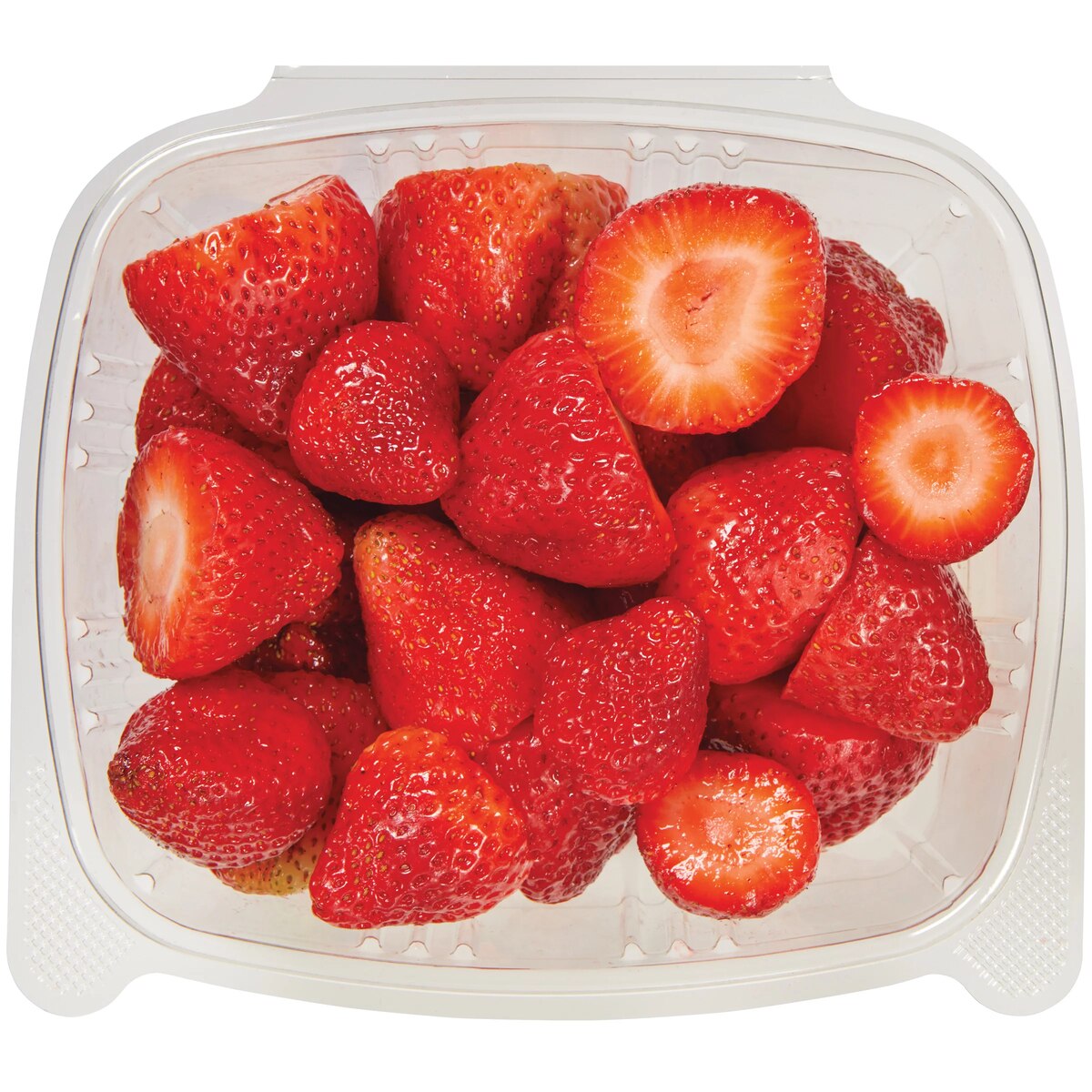
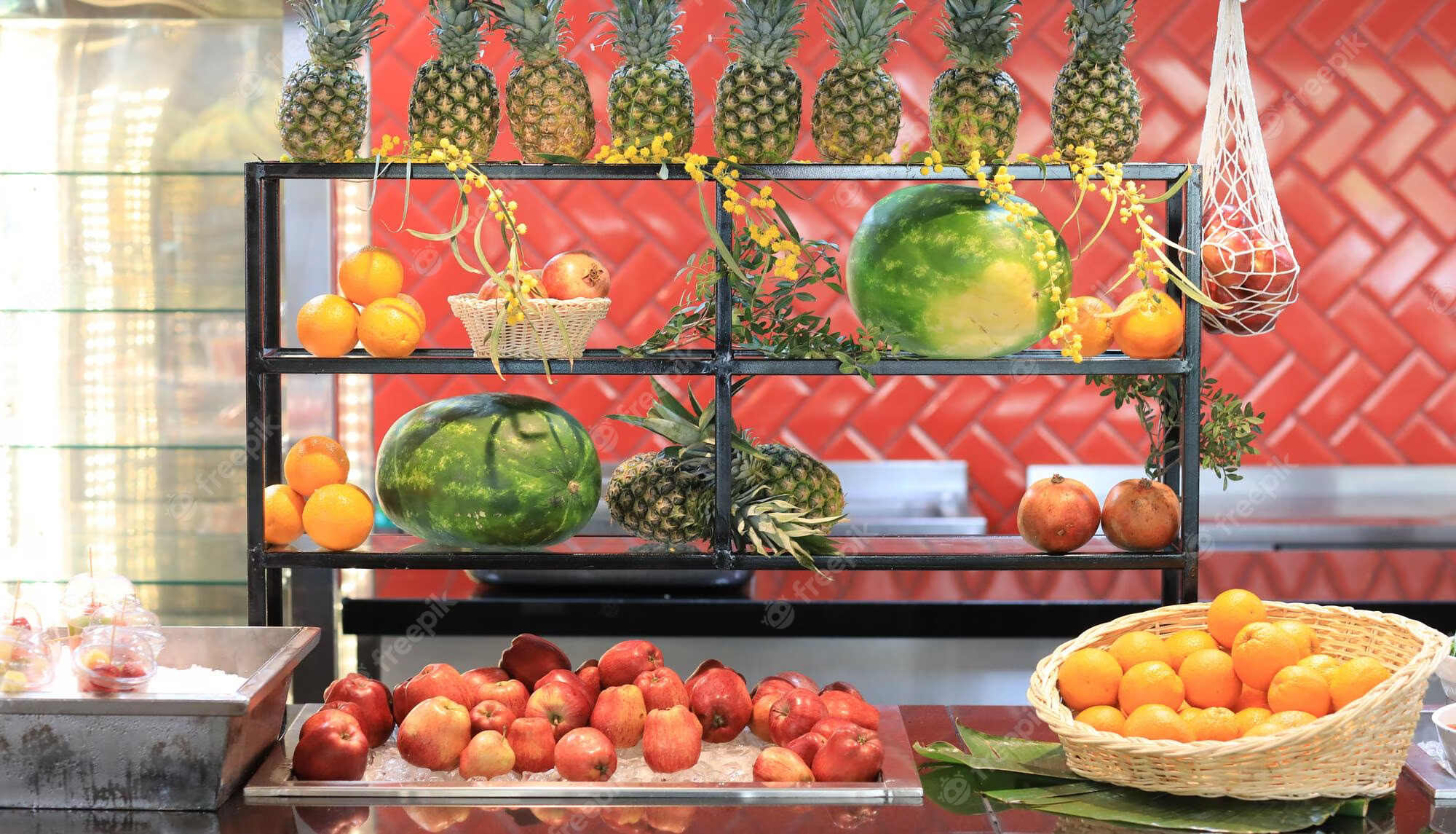



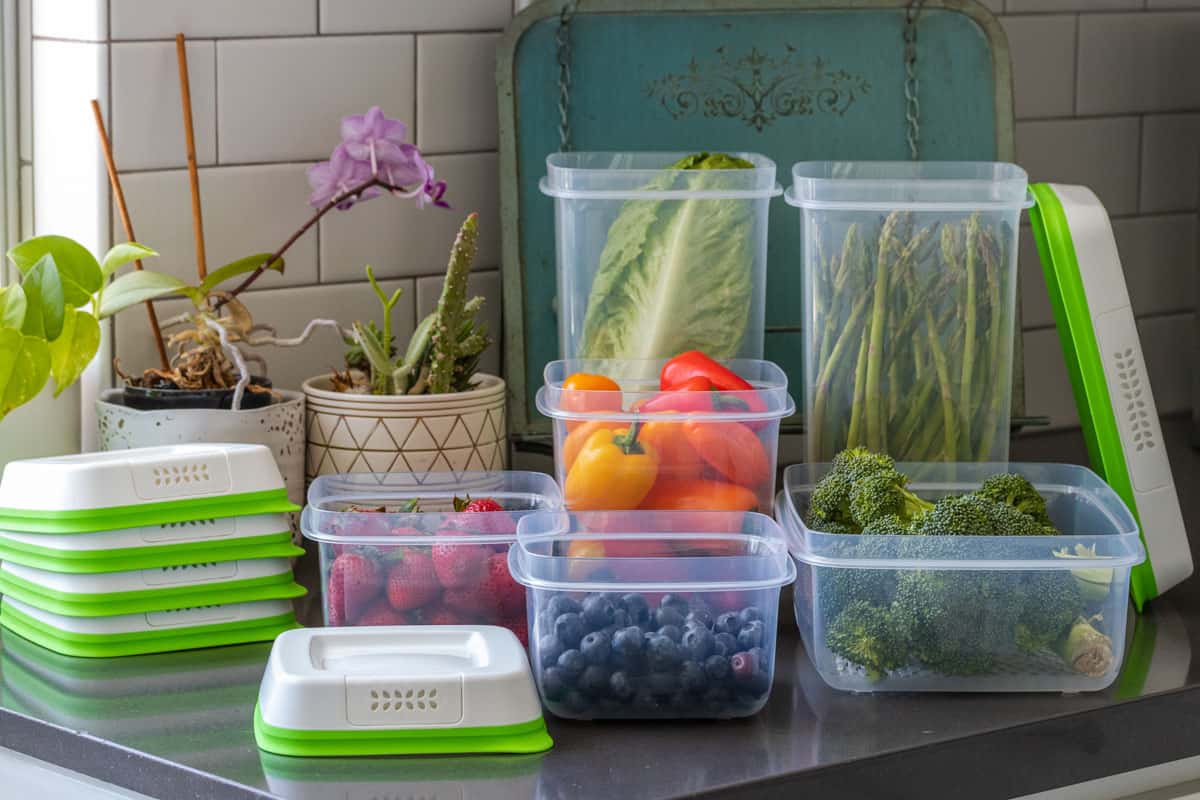

0 thoughts on “How To Store Flaxseed Meal”